Time Horizon
The time horizon in an economic evaluation refers to the duration over which health outcomes and costs are calculated. The selection of an appropriate time horizon is crucial for economic modeling and is influenced by the nature of the disease, the intervention under consideration, and the purpose of the analysis.
Key aspects of the time horizon include:
– Duration: The time horizon can vary widely depending on the context. For chronic conditions that require ongoing medical management, a longer time horizon is often necessary. Conversely, for acute conditions with minimal long-term consequences, a shorter time horizon may suffice.
– Consistency: It is essential to use the same time horizon for both costs and health outcomes to ensure consistency in the analysis.
– Lifetime Horizon: A lifetime horizon, which follows the patient cohort until death, is preferred by organizations like UK NICE. This approach captures all relevant costs and health outcomes over the patient’s lifetime, providing a comprehensive assessment of the intervention’s value.
– Intermediate Horizons: Sensitivity analysis may involve testing intermediate time horizons, such as 5 to 10 years. These shorter horizons can provide more robust data and help explore the impact of different assumptions on the model’s outcomes.
– Extrapolation: Longer time horizons often require extrapolating the current cohort experience into the future. This involves making assumptions about the continued efficacy of interventions and projecting forward the health states and costs of care.
– Discounting: Future costs and health outcomes are typically discounted to reflect their present value. This is important to account for the time preference of money and health benefits.
– Modeling Implications: In practical terms, using a long-term time horizon in economic modeling necessitates:
– Projection of Health States: Estimating transitions between health states over the specified period.
– Cost Estimation: Calculating the associated costs of care for each health state.
– Outcome Estimation: Projecting health outcomes for each state and discounting them appropriately.
Example:
In evaluating a new drug for a chronic disease like diabetes, a lifetime time horizon would be used to capture all long-term costs and health benefits, including the prevention of complications and improvement in quality of life. This ensures that the economic evaluation fully reflects the drug’s impact over the patient’s entire life.
The choice of time horizon is a fundamental aspect of economic evaluations, directly affecting the comprehensiveness and relevance of the analysis. It must be carefully considered to align with the disease characteristics, intervention effects, and decision-making needs.
Click HEOR TERMINOLOGY
